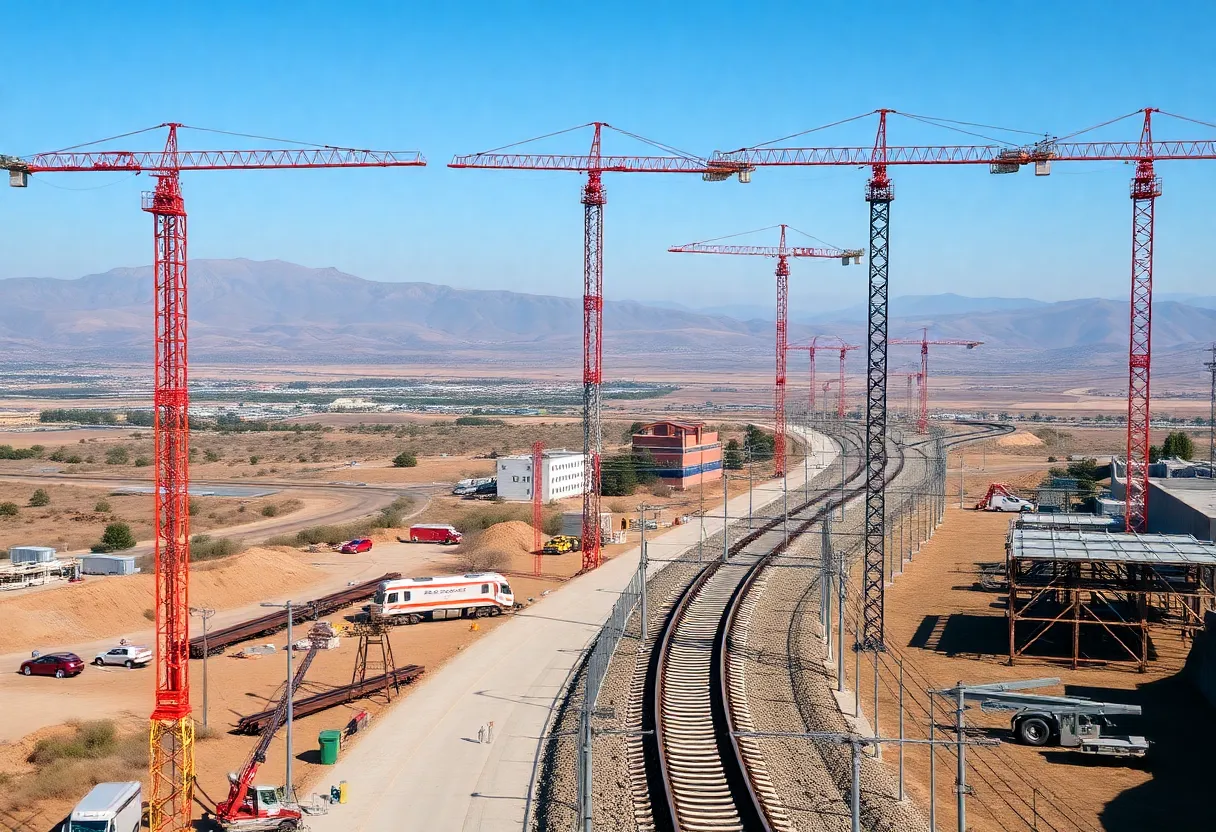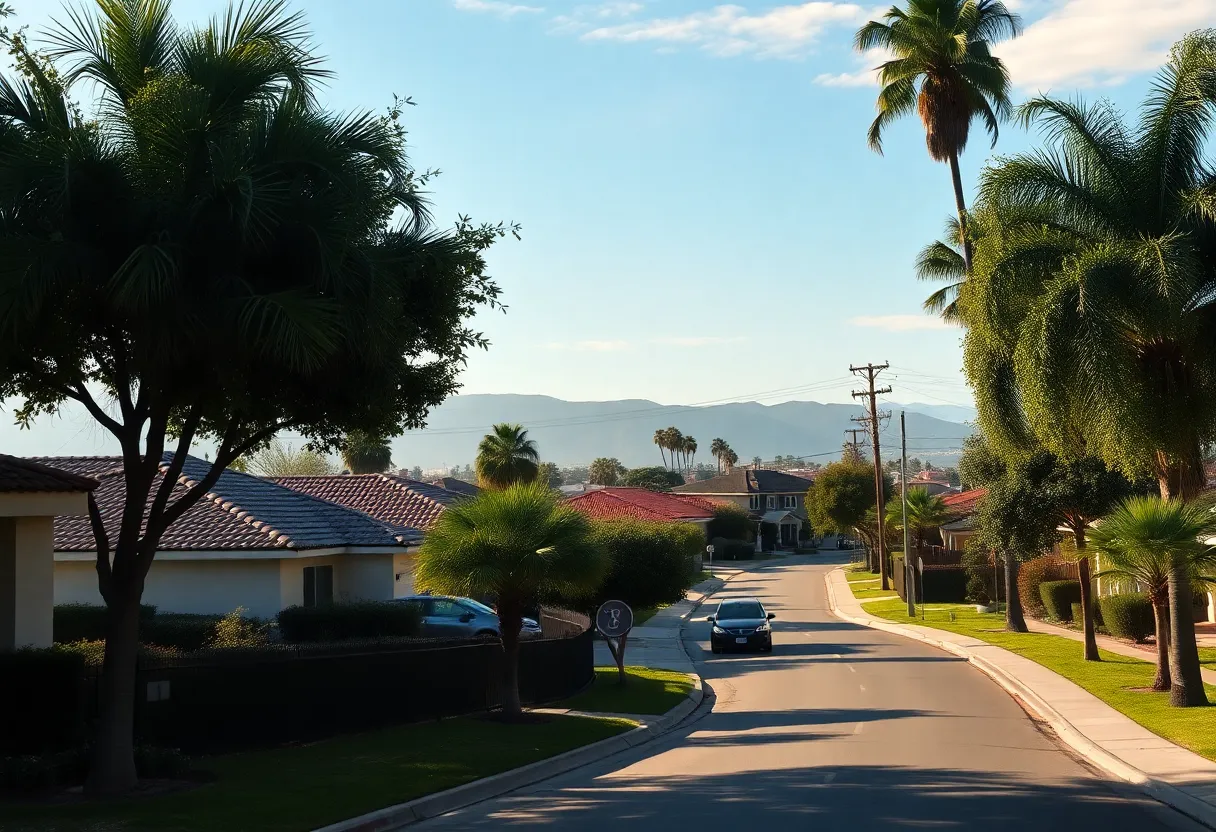News Summary
California’s high-speed rail project is encountering significant delays and budget issues, with only a single Central Valley segment expected to finish by 2033. The new CEO, Ian Choudri, aims to revitalize the initiative amidst concerns over soaring expenses and potential loss of federal funding. Despite allocating around $13 billion, less than 25% comes from federal sources. Ongoing construction continues, but skepticism about the project’s viability remains high, as critics question whether it will lead to usable infrastructure.
California is facing significant delays and budget overruns regarding its ambitious high-speed rail project, which was initially touted as a groundbreaking transportation solution. As of now, only a single segment in the Central Valley is projected to be completed by 2033, highlighting the challenges the project has encountered since its inception.
The California High-Speed Rail Authority has appointed Ian Choudri as the new CEO, tasked with revitalizing the project in light of soaring expenses and the looming threat of losing federal funding. Choudri’s priority will be to set a course for the troubled project, which has seen its costs swell from an original estimate of $10 billion when presented to voters in 2008 to over $100 billion today, far exceeding initial projections.
The timeline for the full implementation of the high-speed rail, particularly the segment connecting San Francisco to Los Angeles, may take nearly two additional decades to finish. Current estimates suggest that approximately $13 billion has already been allocated to the project, funded primarily through state sources such as voter-approved bonds and cap-and-trade revenues. However, only a small fraction of this funding—less than 25%—is due to federal contributions, raising concerns regarding its financial viability.
To address these financial pressures, the California High-Speed Rail Authority has been asked to devise a financing strategy for the Central Valley stretch of the project by mid-2026. Historical patterns of inadequate financing have cast doubts on the project’s stability and future prospects. In efforts to bolster funding, discussions with state officials regarding the involvement of private investors are currently underway. Choudri is advocating for a financing model where the state commits to repay private investors with interest, a move that could inject much-needed capital into the project.
As the project continues to face scrutiny, the U.S. Department of Transportation is conducting an ongoing review of the initiative, focusing on the excessive delays and escalating costs involved. Despite these challenges, significant construction has proceeded, including the establishment of more than 50 structures such as bridges and viaducts; however, no actual rail tracks have been laid as of now.
Choudri is expected to provide an updated timeline and revised budget figures to lawmakers this summer. Meanwhile, construction efforts are ongoing, with key projects like the Hanford Viaduct and Tied Arch Bridge over State Route 43 underway. The ambitious high-speed rail project, sized for speeds up to 220 miles per hour, aims to offer the fastest ground travel option in the United States.
Critics of the high-speed rail project have voiced skepticism about its overall viability, expressing concerns that it may ultimately result in a series of unusable infrastructures or abandoned projects. This uncertainty looms over what was once considered a transformative transportation initiative for California, putting pressure on current leadership to navigate a path forward amidst a backdrop of mounting obstacles.
Deeper Dive: News & Info About This Topic
- Los Angeles Times
- Wikipedia: California High-Speed Rail
- The New York Times
- Google Search: California High-Speed Rail project
- Newsweek
- Google Scholar: California High-Speed Rail

Author: STAFF HERE CORONADO
The Coronado Staff Writer represents the experienced team at HERECoronado.com, your go-to source for actionable local news and information in Coronado, San Diego County, and beyond. Specializing in "news you can use," we cover essential topics like product reviews for personal and business needs, local business directories, politics, real estate trends, neighborhood insights, and state news affecting the area—with deep expertise drawn from years of dedicated reporting and strong community input, including local press releases and business updates. We deliver top reporting on high-value events such as the Coronado Island Film Festival, productions at Lamb’s Players Theatre, community workshops at John D. Spreckels Center, and iconic celebrations at Hotel del Coronado. Our coverage extends to key organizations like the Coronado Chamber of Commerce and Visit Coronado, plus leading businesses in hospitality, dining, and tourism that drive the local economy. As part of the broader HERE network, including HERESanDiego.com, HEREHuntingtonBeach.com, HERELongBeach.com, and HERELosAngeles.com, we provide comprehensive, credible insights into Southern California's dynamic landscape.





